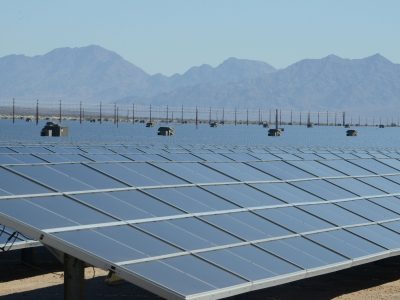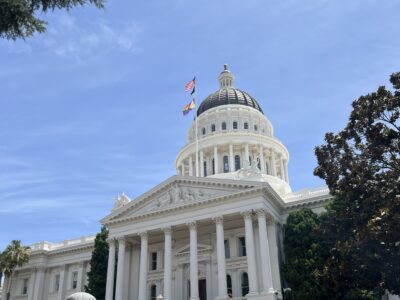Climate Policy in India
What’s Happening in the World’s Second Largest Country?
India is home to 1.39 billion people, just below China but growing faster. By some projections, it will have the second largest economy in the world by 2050. In terms of climate policy, however, it doesn’t get nearly as much attention as China. That’s understandable in terms of India’s current carbon emissions, which are now only a quarter of China’s. But we need to be more forward-looking.
Currently, India’s power system is heavily tilted toward coal generation, which accounts for over half of generation capacity. Twelve percent of capacity comes from hydro, and an impressive 23% from renewables (10% wind, 9% solar). Natural gas, oil, and nuclear are minor players. The national electricity plan projected that renewables will exceed coal in 2027. But given the growth of the economy, carbon emissions were projected to continuing growing steadily through 2030.
In November 2021, Prime Minster Modi announced in Glasgow that India would get half its energy from renewables by 2030 as well as significantly cutting its emissions. Counting nuclear and hydro, that would mean about 60% of India’s power would be zero carbon. Modi set a target of 2070 for net zero. Given that rapid growth of India’s economy, this would mean a huge effort to install renewables and other zero-carbon power sources. Prior to Glasgow, the NRDC had concluded that India was on track to meet its previous commitment to have 40% non-fossil fuel power generation by 2030.
For many years, India’s position was that the developed world was responsible for cutting emissions while economic growth should be the priority for developing countries. It was only in 2010 that India agreed that all countries should take responsibility for controlling their own emissions, but there was backsliding the following year at the next round of international negotiations. India then became more firmly committed to climate policy. Much of the shift may have been due to recognition that renewables would provide more energy independence and would help get India’s crippling urban air pollution under control. India’s desire to carry more weight on the global stage may also have been a motivation. It’s also relevant that India is extremely vulnerable to climate change due to its reliance on monsoons.
As in the U.S., the national government isn’t the only presence in terms of climate policy. Mumbai, with a population of 21 million, now has a roadmap for reaching net-zero emissions by 2050. The roadmap calls for Mumbai to get half its electricity from renewables by 2030 and 90% by 2050. Mumbai is on a peninsula and faces severe risks from sea level rise.
India’s willingness to commit to a net zero target is an important change, with hopeful implications globally. Meeting its target will not be easy. The 2070 target, however, though admirable, is probably not going to be enough to meet the goal of keeping global warming near 1.5 °C. Hopefully, Mumbai will serve as a model for more state and local climate action. Like the rest of the world, India is going to have to up its game. But at least it’s heading briskly in the right direction.
Reader Comments
One Reply to “Climate Policy in India”
Comments are closed.







2030! This goal year is not funny at all so I won’t even say you’ve got to be kidding!
With all the climate change disasters happening around the world so far in this decade we have proven beyond all doubt that TIME IS ALREADY UP! because our failed evolution has prevented us from producing nearly enough implementable solutions in time to save us from ourselves!
The disasters this year alone beg the question of whether we will turn into toast first, or choke to death, or starve to death, or drown, or death by disease, or violence enabled by politicians, or suicide to get away from it all, or some other destructive consequence of the Power of Money before 2030!